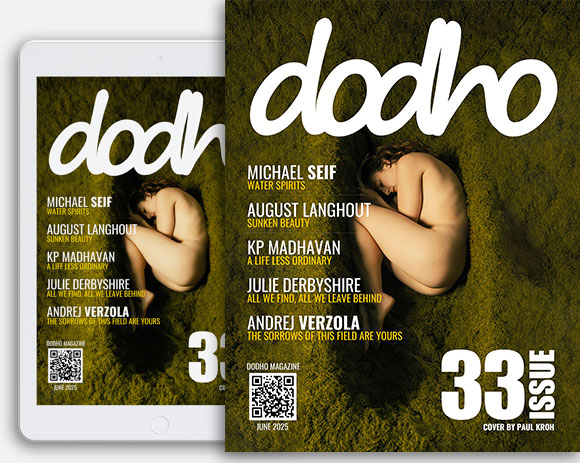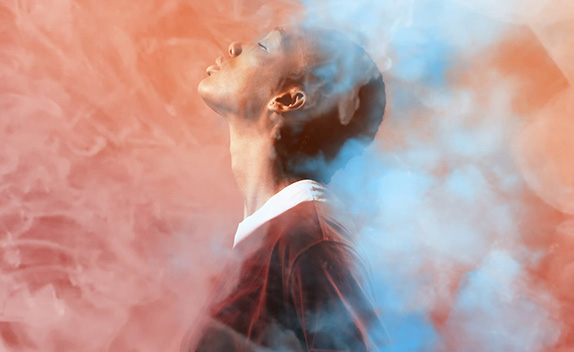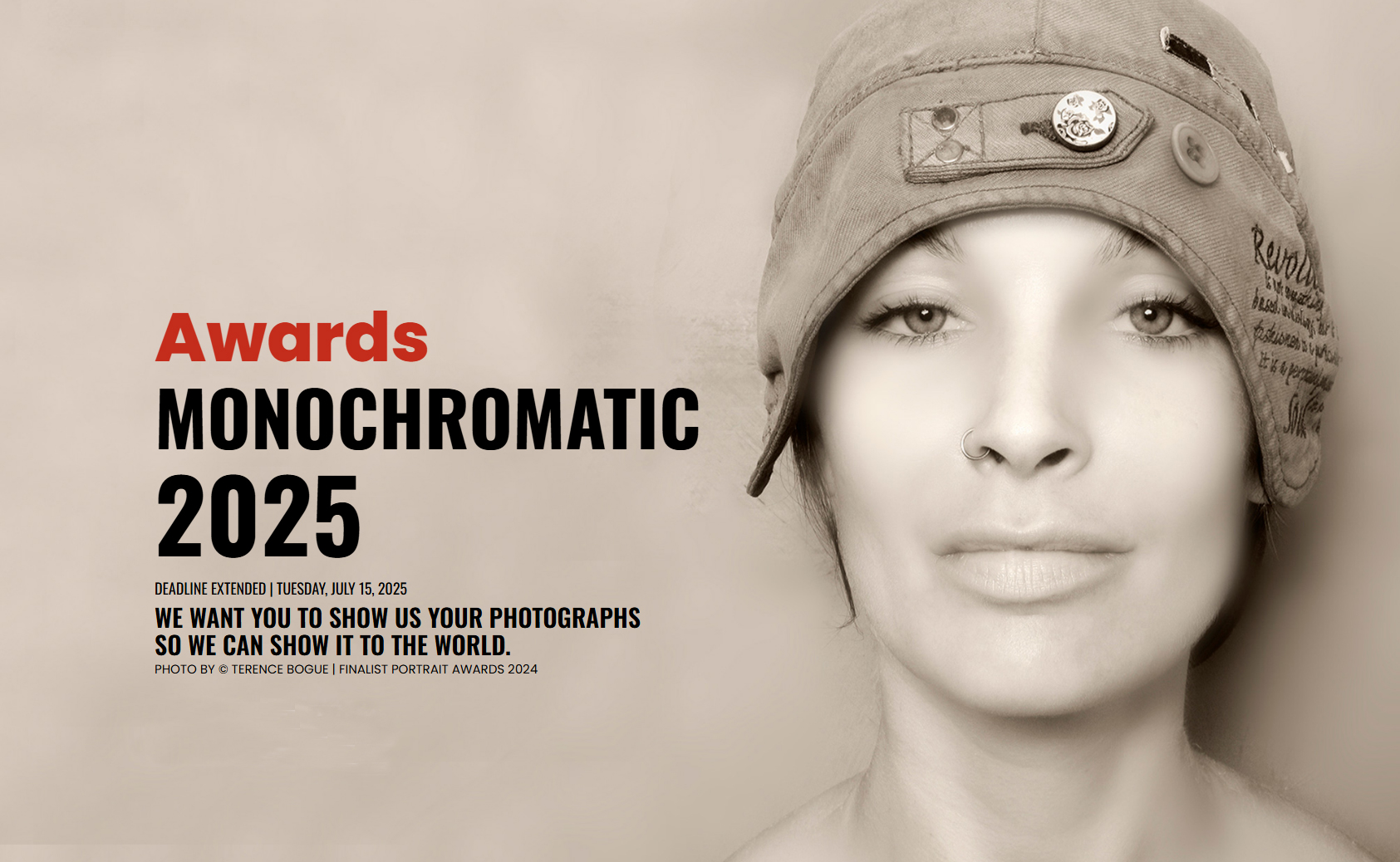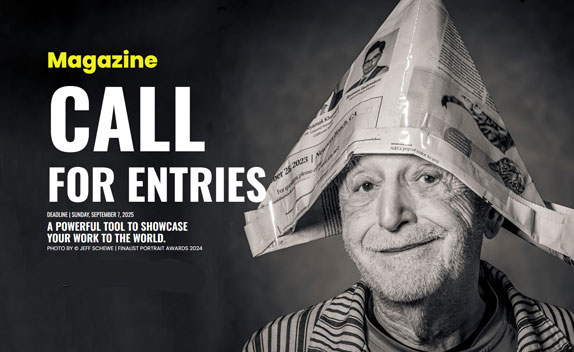Alfred Stieglitz was born in 1864 in Hoboken, New Jersey, a port city that at the time smelled more of coal than of avant-garde.
Yet the son of a German merchant soon sensed that the industrial haze held an aesthetic potential that did not yet have a name. At seventeen, he set off for Berlin to study engineering and there discovered the hypnotic power of a portable camera.
Unlike the rigid studio setups, this new device allowed him to wander through the Brandenburg woods and Berlin boulevards capturing mists, reflections and puddles. During those solitary walks, he developed the conviction that would define his entire life: photography was not a cheap substitute for painting but an autonomous language capable of generating its own beauty.
When he returned to the United States in 1890, he found a photographic landscape dominated by post-Victorian portraitists and amateurs selling picturesque views as fairground souvenirs. To Stieglitz, this was proof that photography needed an internal revolution to be taken seriously.
His first battle was fought in the pages of magazines. In 1893, he took over as editor of the American Amateur Photographer and turned that technical bulletin into an aesthetic pulpit. Against the fashion of retouching, he defended sharpness. Against sentimentalized sweetness, he proposed direct observation. Against provincialism, he championed the visual culture of Europe that he had absorbed in Berlin and Vienna. He quickly fell out with the traditional camera clubs but gathered a circle of devotees who soon formed the core of the Photo-Secession group. The name said it all: it was about breaking from complacency to demand that photography be recognized as a major art form. The Secessionist manifesto published in 1902 drew a clear line: every photographer must take creative control of the image from conception to print. In other words, the camera was a brush of light and the photographer an author worthy of capital letters.
Stieglitz understood that ideas need stages, so he opened the Little Galleries of the Photo-Secession at 291 Fifth Avenue, better known simply as 291. That tiny space became an epicenter of modernity comparable to the Salon d’Automne in Paris. There he mounted the first American exhibitions of Rodin, Matisse, Cézanne and Picasso, proving that photography could hold its own in dialogue with the most advanced painting. For Stieglitz, this was not an act of cultural philanthropy but a strategic move: hanging his carbon prints of the Flatiron Building alongside a Picasso cube forced viewers to recalibrate the abstract power of an urban silhouette. On those whitewashed walls was born the very idea of aesthetic equivalence between mechanical image and pictorial work, a concept we now take for granted every time a museum displays pinhole cameras next to oil paintings.
But Stieglitz’s influence extended beyond the walls of 291. In 1903, he launched Camera Work, a compendium of essays, reviews and photogravures that is now a bibliographic treasure. Each issue was an art object in itself: Japanese paper, elegant typography and reproductions so refined they rivaled the glow of an original print. More importantly, the pages of Camera Work served as an intellectual laboratory where the artistic legitimacy of photographic composition, the appropriate length of exposure and the relevance of poetic titles were debated. Passing through those pages were Edward Steichen, Gertrude Käsebier, Clarence White and Paul Strand. Strand became Stieglitz’s most radical disciple, advocating for unretouched negatives and geometric framing that foreshadowed American modernism. Today, Strand is enshrined in the pantheon of pure photography, but it is worth remembering that without Stieglitz’s mentorship, it is unlikely he would have gained the editorial confidence to sign those striking 1915 images of Wall Street.
Meanwhile, Stieglitz’s personal life intertwined with his aesthetic creed. In 1916, he met Georgia O’Keeffe, a 29-year-old painter who had just left the Midwest in search of a new horizon in New York. Their spark was creative before romantic: Stieglitz exhibited her watercolors at 291 and wrote an impassioned essay proclaiming that O’Keeffe’s brushwork embodied the synthesis of nature and abstraction he was pursuing with the camera. Soon after, mutual admiration turned into intimate complicity. Stieglitz was fifty-two and in a crumbling marriage, while O’Keeffe was just beginning to make waves in modernist circles. Together they fed the narrative of the artistic couple who share both bed and aesthetic, long before that figure became famous with Jackson Pollock and Lee Krasner. The nude series Stieglitz created of O’Keeffe between 1917 and 1925 not only revolutionized erotic representation but highlighted the camera’s capacity to capture emotional presence without artifice. Each portrait explored a minimal angle of skin or gesture, because, in Stieglitz’s words, “the photographic truth lies in the detail, not the backdrop.” Those silver prints erased the boundary between intimacy and display, paving the way for the confessional photography embraced decades later by Nan Goldin and Sally Mann.
Still, Stieglitz’s artistic vision was defined not just by what he showed but by what he excluded. While he celebrated experimentation, he detested photomontage and distrusted Italian futurism, which seemed too enthusiastic about the machine. His canon rested on the honesty of the camera as a mediator between subject and viewer. This explains his obsession with the sky. In the 1930s, he partially withdrew to Lake George and began the Equivalents series, studies of clouds where the horizon is absent. By removing all geographic references, the clouds became automatic paintings open to interpretation, as fluid as a Kandinsky canvas. With these shots, he demonstrated that a photograph could be pure abstract emotion, with no need for human figures or recognizable landscapes. Critics took time to digest this bold proposal, but today the Equivalents are cited as direct precursors of expressionist photography and the New Topographics school.
Despite his aura as a guru, Stieglitz did not escape controversy. Some peers accused him of editorial tyranny. He made unilateral decisions about who deserved cover features in Camera Work and whose prints would hang at 291. Others pointed out that his defense of American talent masked a Eurocentric bias, as he promoted Matisse and Rodin with as much fervor as Strand or O’Keeffe. Yet it would be naive to measure Stieglitz’s legacy by the standards of academic neutrality. His mission, he repeated, was to create “a climate where photography could breathe art.” To that end, he operated as editor, curator, dealer and polemicist all at once. Today, his approach feels like a precursor to the cultural branding practiced by elite museums.
Stieglitz’s institutional legacy solidified with the opening of An American Place in 1929, a gallery-sanctuary dedicated exclusively to American artists. Paradoxically, the year of the stock market crash was also the year when American modernism consolidated its own circuit. On the walls of American Place hung works by Marsden Hartley, Arthur Dove and John Marin alongside Stieglitz’s latest silver-gelatin prints. That assembly underscored the thesis he had been championing for decades: the artistic identity of a nation is not exported but visualized with native eyes. Amid financial collapse, the gallery offered an alternative narrative of progress, one based not on Wall Street numbers but on images that invited contemplation.
When Stieglitz died in 1946, a thunderstorm swept across Manhattan. Biographers like to imagine that the clouds aligned as an unintended tribute, although it is more likely the old master would have smiled at the coincidence. His ashes rest at Lake George, the lake he photographed as a cosmic mirror. The property was donated to the state of New York and now functions as an ecological education center. Every summer, art students gather there to run cyanotype workshops on the porch where Stieglitz and O’Keeffe once debated the texture of light at the golden hour. The place retains an almost liturgical atmosphere, but the buzz of a drone overhead reminds us that technology has leapt forward once again. Yet the question Stieglitz posed remains unanswered: what makes a photograph art and not mere document? The speed with which social media turns any image into an ephemeral flash makes that reflection even more urgent. The answer perhaps still lies where he left it, at the intersection of intention and form. The camera, he insisted, is not a passive mirror but an extension of the mind. That principle endures, even if the mirror today is a CMOS sensor and the gallery a feed on Instagram.
My ideal is to achieve the ability to produce numberless prints from each negative, prints all significantly alive, yet indistinguishably alike, and to be able to circulate them at a price not higher than that of a popular magazine, or even a daily paper. To gain that ability there has been no choice but to follow the road I have chosen.
Stieglitz also left a pedagogy of looking. He demanded discipline to measure the light, patience to develop negatives and humility to accept chemical accidents. In a world that pressures creators to churn out content nonstop, we would do well to rescue that artisanal ethic. This is not nostalgia for the darkroom, but an understanding that the weight of an image lies in the experience that sustains it. When the photographer adjusts the aperture to isolate a flash of neon or waits for fog to soften a skyscraper’s edges, they are investing time, in other words, life. And art needs life as much as it needs technique.
Almost eighty years after his death, Alfred Stieglitz remains a restless specter in every debate about photographic legitimacy. His presence can be traced in university courses that include photography in fine arts curricula, in auction houses that sell Irving Penn platinum prints for the price of a Monet and in the algorithms that teach artificial intelligence to mimic pictorialist blurs. The market, the academy and technology converge in recognizing that photography is art, but they rarely question the ideological struggle that won that recognition. That is Stieglitz’s greatest triumph, and also the greatest debt: he normalized an idea that now seems obvious but originated in a biography of aesthetic militancy.
As we say farewell to his legacy, it is worth revisiting one last image, perhaps the most emblematic: The Steerage, taken in 1907 aboard the transatlantic Kaiser Wilhelm II. On the lower deck, European immigrants huddle among ropes and metal beams while the elite strolls above. The scene does not seek to denounce inequality, but the geometric structure of gangways and shadows turns the photograph into a social metaphor. All of Stieglitz’s obsessions converge there: mechanical modernity, harmonious composition, human dimension. It is a cubist painting captured on film, a visual manifesto that anticipates half a century of debates on the documentary gaze. That is why The Steerage appears in almost every art history textbook: it is not just a beautiful photograph but tangible proof that the camera can think in both aesthetic and political terms.
It makes sense that Stieglitz’s name resurfaces every time someone debates whether a smartphone street portrait can enter the canon or if augmented reality filters trivialize creation. He fought that battle long before sensors existed, and he won it by insisting that what matters is not the device but the aesthetic intention guiding it. If galleries today welcome installations of printed selfies without blinking, it is because that stubborn photographer convinced the public that technical innovation can translate into artistic innovation. His lesson is simple: photography becomes art when the photographer acts as an artist. And that role demands passion, discernment and an insatiable curiosity for the world, three ingredients Stieglitz distilled in every shot, and that remain the compass for anyone who aspires to immortalize more than a fleeting instant.






